Milecia McGregor
Securing Your Web Application Pipeline From Intruders
#1about 4 minutes
Establishing foundational CI/CD best practices
Following key principles like small build sizes, environment parity, and local testing creates a reliable foundation before adding security layers.
#2about 5 minutes
Why developers often overlook CI/CD security
Developers often neglect pipeline security due to time constraints, conflicting priorities, and general unfamiliarity with CI/CD configuration languages like YAML.
#3about 5 minutes
Understanding common intruder attack vectors
Intruders exploit vulnerabilities by using open-source tools, finding misconfigurations, scanning for open ports, and leveraging known package security flaws.
#4about 3 minutes
Integrating automated security tools in the build phase
Use Static Application Security Testing (SAST) tools like OWASP Dependency-Check and Snyk to scan for package vulnerabilities early in the build process.
#5about 5 minutes
Applying security tools in test and delivery phases
Leverage DAST tools like OWASP ZAP in the test phase and compliance tools like Chef InSpec in the delivery phase to catch dynamic vulnerabilities.
#6about 2 minutes
Securing applications in the production environment
Utilize bug bounty programs like HackerOne and Bugcrowd for continuous security testing in production, but use automated tools with caution to avoid impacting performance.
#7about 7 minutes
Essential manual security practices for your pipeline
Implement crucial security habits such as managing user permissions, closing unused ports, encrypting all data, and regularly checking against the OWASP Top 10.
#8about 7 minutes
Code examples for integrating security scans
See practical examples of how to add a Snyk security scan step into the configuration files for CircleCI, Conductor, and Travis CI.
#9about 3 minutes
Key takeaways for securing your application pipeline
Prioritize keeping secrets out of version control, routinely audit CI/CD configurations, patch known vulnerabilities promptly, and explore attacker tools to improve your defenses.
Related jobs
Jobs that call for the skills explored in this talk.
Matching moments
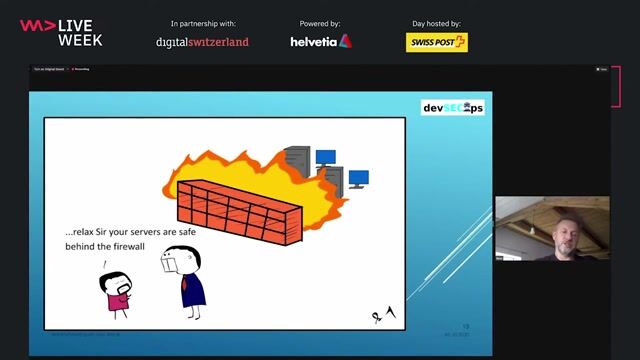
11:13 MIN
Hardening the CI/CD pipeline with automated security tools
You can’t hack what you can’t see
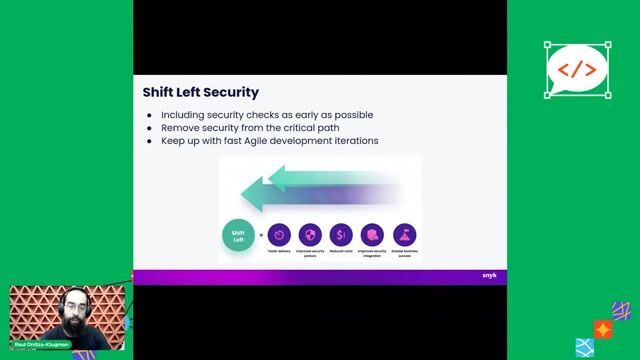
05:33 MIN
Integrating security earlier in the development lifecycle
Vulnerable VS Code extensions are now at your front door

07:13 MIN
Integrating security into the DevOps lifecycle (DevSecOps)
Demystifying DevOps—Pros, cons, dos & don'ts

05:46 MIN
Integrating security across the development lifecycle
Why Security-First Development Helps You Ship Better Software Faster

36:17 MIN
Integrating security throughout the CI/CD process
Plan CI/CD on the Enterprise level!

02:55 MIN
Shifting security left to prevent incidents before deployment
OPA for the cloud natives
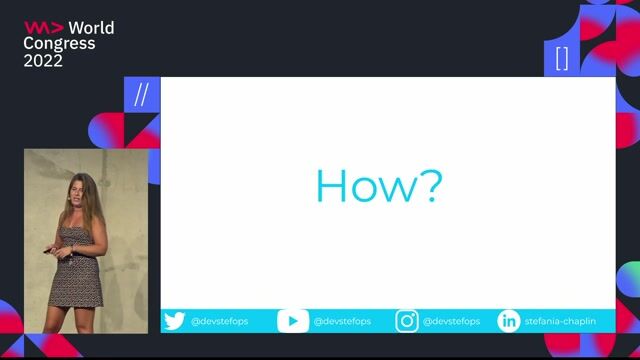
07:50 MIN
Integrating security tools into the developer workflow
Secure Code Superstars: Empowering Developers and Surpassing Security Challenges Together

24:08 MIN
Key takeaways and tools for preventing path traversal
Hack-Proof The Node.js runtime: The Mechanics and Defense of Path Traversal Attacks
Featured Partners
Related Videos
 44:40
44:40Enabling automated 1-click customer deployments with built-in quality and security
Christoph Ruggenthaler
 29:50
29:50Real-World Security for Busy Developers
Kevin Lewis
 24:09
24:09Plants vs. Thieves: Automated Tests in the World of Web Security
Ramona Schwering
 45:08
45:08DevSecOps: Injecting Security into Mobile CI/CD Pipelines
Moataz Nabil
 37:36
37:36Walking into the era of Supply Chain Risks
Vandana Verma
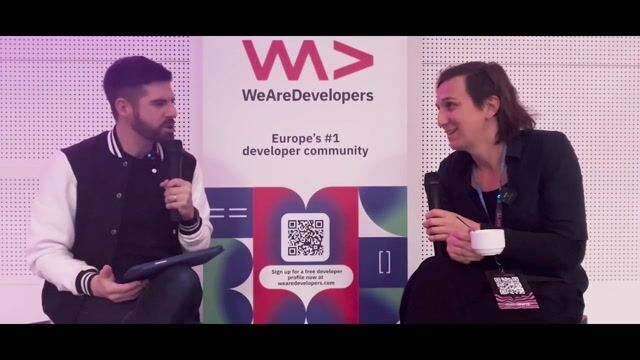 24:01
24:01What The Hack is Web App Sec?
Jackie
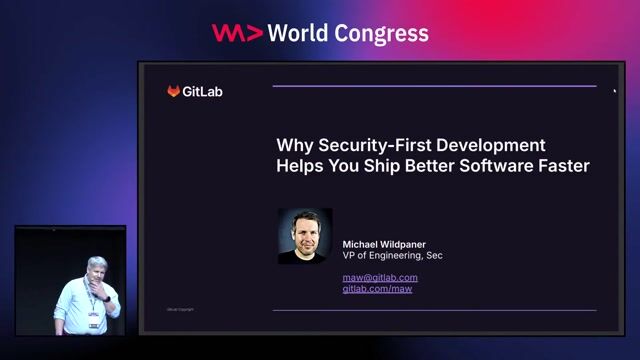 22:18
22:18Why Security-First Development Helps You Ship Better Software Faster
Michael Wildpaner
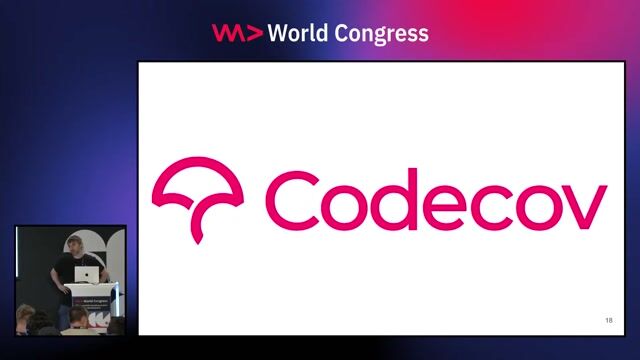 24:47
24:47Supply Chain Security and the Real World: Lessons From Incidents
Adrian Mouat
Related Articles
View all articles



From learning to earning
Jobs that call for the skills explored in this talk.

Software Engineering Manager, Application Security Testing: Composition Analysis & Dynamic Analysis
GitLab
Glasgow, United Kingdom
£131-282K
API
C++
Gitlab
Burp Suite
+1

Software Engineering Manager, Application Security Testing: Composition Analysis & Dynamic Analysis
GitLab
Bristol, United Kingdom
£131-282K
API
C++
Gitlab
Burp Suite
+1

Software Engineering Manager, Application Security Testing: Composition Analysis & Dynamic Analysis
GitLab
Manchester, United Kingdom
£131-282K
API
C++
Gitlab
Burp Suite
+1

Software Engineering Manager, Application Security Testing: Composition Analysis & Dynamic Analysis
GitLab
Sheffield, United Kingdom
£131-282K
API
C++
Gitlab
Burp Suite
+1

Software Engineering Manager, Application Security Testing: Composition Analysis & Dynamic Analysis
GitLab
Newcastle upon Tyne, United Kingdom
£131-282K
API
C++
Gitlab
Burp Suite
+1

Software Engineering Manager, Application Security Testing: Composition Analysis & Dynamic Analysis
GitLab
Charing Cross, United Kingdom
£131-282K
API
C++
Gitlab
Burp Suite
+1

Software Engineering Manager, Application Security Testing: Composition Analysis & Dynamic Analysis
GitLab
Nottingham, United Kingdom
£131-282K
API
C++
Gitlab
Burp Suite
+1

Software Engineering Manager, Application Security Testing: Composition Analysis & Dynamic Analysis
GitLab
Birmingham, United Kingdom
£131-282K
API
C++
Gitlab
Burp Suite
+1

CI/CD & Tooling Engineer - Build Fast, Secure Pipelines
osapiens
Municipality of Madrid, Spain
Intermediate
Azure
Continuous Integration